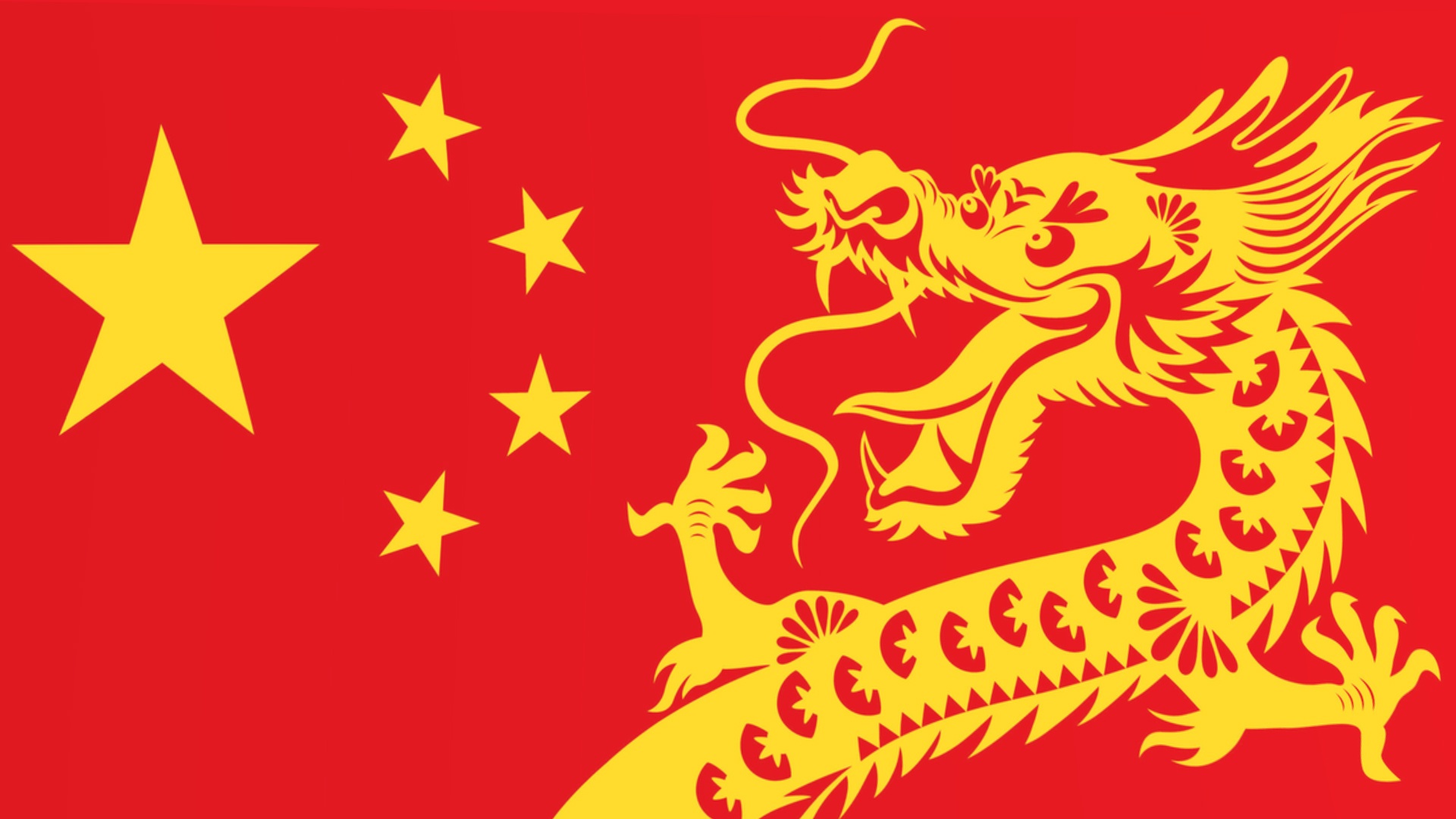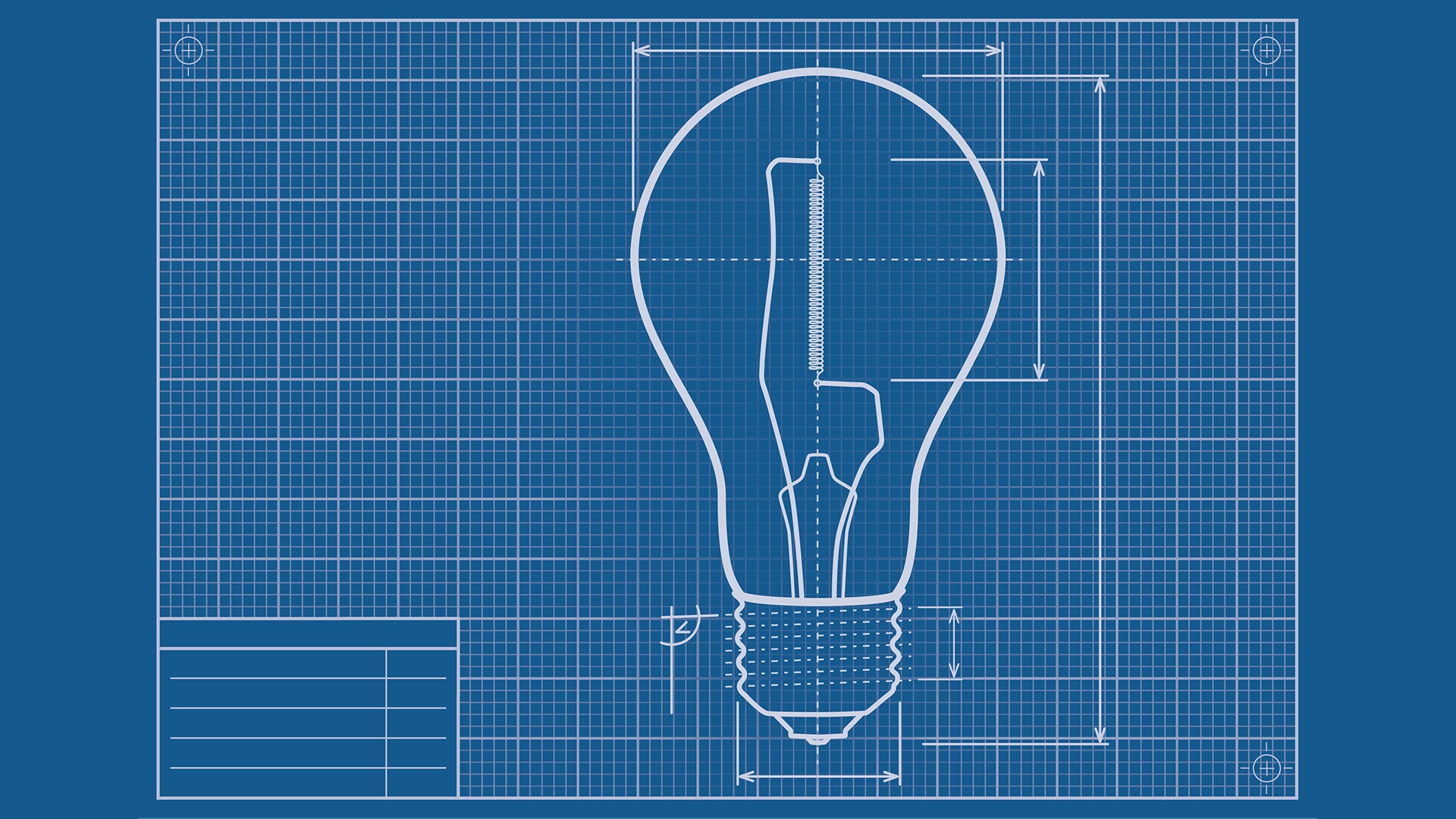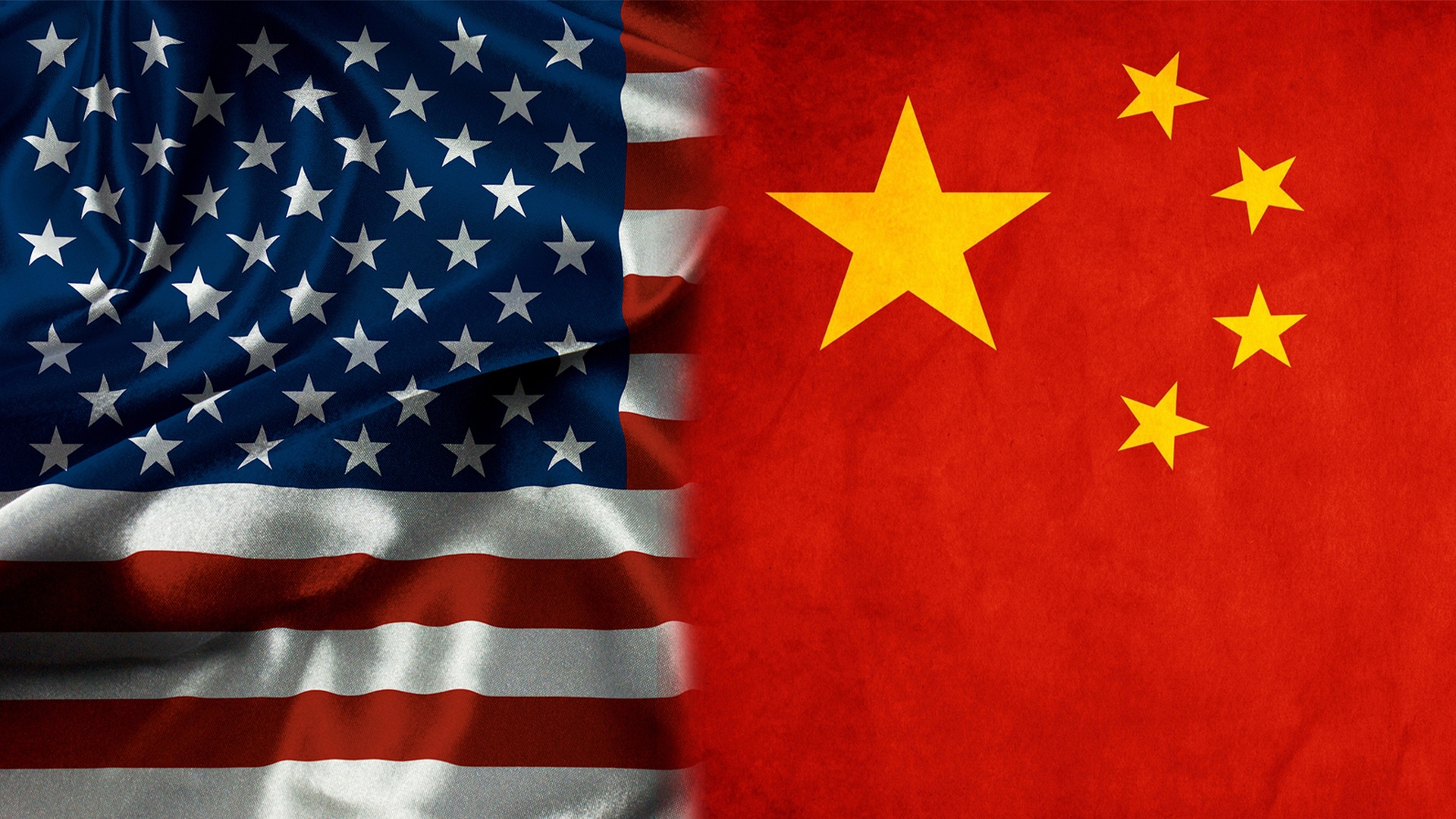
Filing a Patent in China
Before filing a patent in China, it is crucial for the Seller to know what types of patents and products could potentially be covered by a patent.
Invention, Utility Model & Design patents are the 3 main categories of patents prevalent in China.
 Another important thing to note is that the application has to be translated from English to Chinese before submission.
Another important thing to note is that the application has to be translated from English to Chinese before submission.
In order to send in an application for patent protection, the “application must consist of: translated patent specifications, claims, abstract, original figures at the time of international filing, an official application form, power of attorney, and translated amendments”[1].
Requirements
Under a utility model patent, there are requirements in order to be protected: these include “novelty, inventiveness, and usefulness”[2]. Novelty meaning that the patent is not already filed in another application, inventiveness meaning that the idea involves new ideas and “notable progress”[3], and usefulness describing that “that the invention or utility model has practical applicability”[4].
Similar to utility model patents, a design “must meet the following requirements to be patented” novelty, (same definition as above), distinctive (the design is not too similar to an already patented design), and “no conflict with other rights (the design cannot conflict with the existing legal rights of other parties)”[5].
Filing a Patent in China – the Process
The method for filing a patent under the SIPO is similar to trademarks. Similarly, there are multiple ways to file. Whichever method the Seller chooses, there are steps that need to be taken prior to the filing. These are: figuring out the type of patent that would be applicable to your product. In China, there are three accepted patents, which are Invention Patents, Utility Model Patents, and Design Patents[6]. The three methods of filing for a patent application, are through a Direct Route, the Paris Route, and the Patent Cooperation Treaty Route.
The Direct Route is essentially filing in China directly, which requires you to “hire a local patent agency to handle the filing of the patent”[7], if you are from a different country outside of China. An advantage to filing through the Direct Route is that there is a low probable chance that there would be confusion through language translation, as the applications are required to be in Chinese. The drawback, however, is that you would have to work with your attorney from across the globe is another thing to consider before deciding on a route.
The Paris Route is a roundabout way of the Direct Route. In essence, the individual would file firstly in their native country and then file in China. The only prerequisite for this method of filing is that the native country must be a member of the Paris Convention[8]. Also, taking this route has strict time guidelines and due dates. The only advantage as well, is that patents already filed can be easily transferred.
The last possible route is the Patent Cooperation Treaty Route. Under the Patent Cooperation Treaty, or the PCT, covers 152 countries[9], and requires two steps: the first being the filing of an international patent application, and under the patent application phase, designating China as the targeted country. Similarly to the Madrid Protocol, the forms can be filled out online. Unlike the Madrid Protocol, the forms can be accessed in languages other than Chinese, and the fees are streamlined to be paid online through the WIPO[10].
What Isn’t Covered? What About Appeals?
In the same way that there are certain things that cannot be copyrighted or trademarked, the same goes for patents. According to “Articles 5 and 25 of the Patent Law,
- inventions or creations that are contrary to Chinese laws or social morality, or that are detrimental to public interests;
- inventions or creations completed on the basis of genetic resources, where their acquisition or use breaches related laws and regulations;
- scientific discoveries;
- rules and methods of intellectual activities;
- methods for diagnosing or treating diseases;
- animal and plant varieties (excluding non-biological methods for producing animal and plant varieties); and
- substances obtained by means of nuclear transformation”[11]
are not coverable through patent protection.
In the case where the patent office makes a decision that an applicant disagrees with, the said applicant is legally allowed to appeal this decision, “to the Patent Review Board through filing an administrative litigation with a people’s court”[12].
Filing a Patent in China – Wait Time & Cost
Because utility, invention, and design patents are all different, there are different analyses that go into each.
“For invention patents, the State IP Office performs a preliminary examination within 18 months of the filing/priority date (earlier if so requested by the applicant), followed by a substantive examination commenced at the applicant’s request. For utility models and design patents, the State IP Office performs only a preliminary examination”[13]. An invention patent takes usually around two times as long to receive, being around 2.5-5 years of wait time, whereas utility and design patents typically take a year or less[14].
Fees tend to vary as well, just as time does. The variables that decide these costs include “the length of the specifications; the number of claims; and whether there were delays in responding to office actions”[15].
Filing a Patent in China – Rewards
If a Seller obtains a patent protection on his/her product(s), there is a great possibility of receiving money for damages upon infringement of said patent.
This amount can sometimes include “reasonable attorneys’ fees”[16]. The damages are decided through “actual losses due to infringement, gains of the infringer from infringement, an appropriate multiple of a reasonable royalty fee, or statutory damages of between Rmb 10,000 and Rmb 1 million”[17]. If the correct processes are taken with an experienced attorney, a Seller can gain from litigation against a patent infringer.
Filing a Patent in China – Conclusion
Filing for patent protection in China is different than in the United States, and the Seller should definitely seek help from an experienced lawyer throughout the process. The advantages of gaining patent protection greatly outweigh the disadvantages, which are few and far between if any. In the long run, if a party or another Seller attempts to infringe upon the patent, you could be awarded damages.
This article is meant to inform the Seller of his/her options relating to filing for patent protection on their product(s). This in no way constitutes legal advice, and in practice, a Seller should contact a reliable law firm like Rosenbaum Famularo P.C. to follow through with this process.
[1] http://www.asiapatent.net/filing-patent-china-g-99_101.html
[2] https://www.lexology.com/library/detail.aspx?g=244758d0-c12a-42fe-a29a-4d70fca53e0a
[3] Ibid.
[4] Ibid.
[5] Ibid.
[6] Iam-media.com
[7] China IPR Help Desk
[8] http://www.wipo.int/treaties/en/ip/paris/summary_paris.html
[9] http://www.wipo.int/pct/en/faqs/faqs.html
[10] Ibid.
[11] https://www.lexology.com/library/detail.aspx?g=244758d0-c12a-42fe-a29a-4d70fca53e0a
[12] Ibid.
[13] Ibid.
[14] Ibid.
[15] Ibid.
[16] Ibid.
[17] Ibid.









